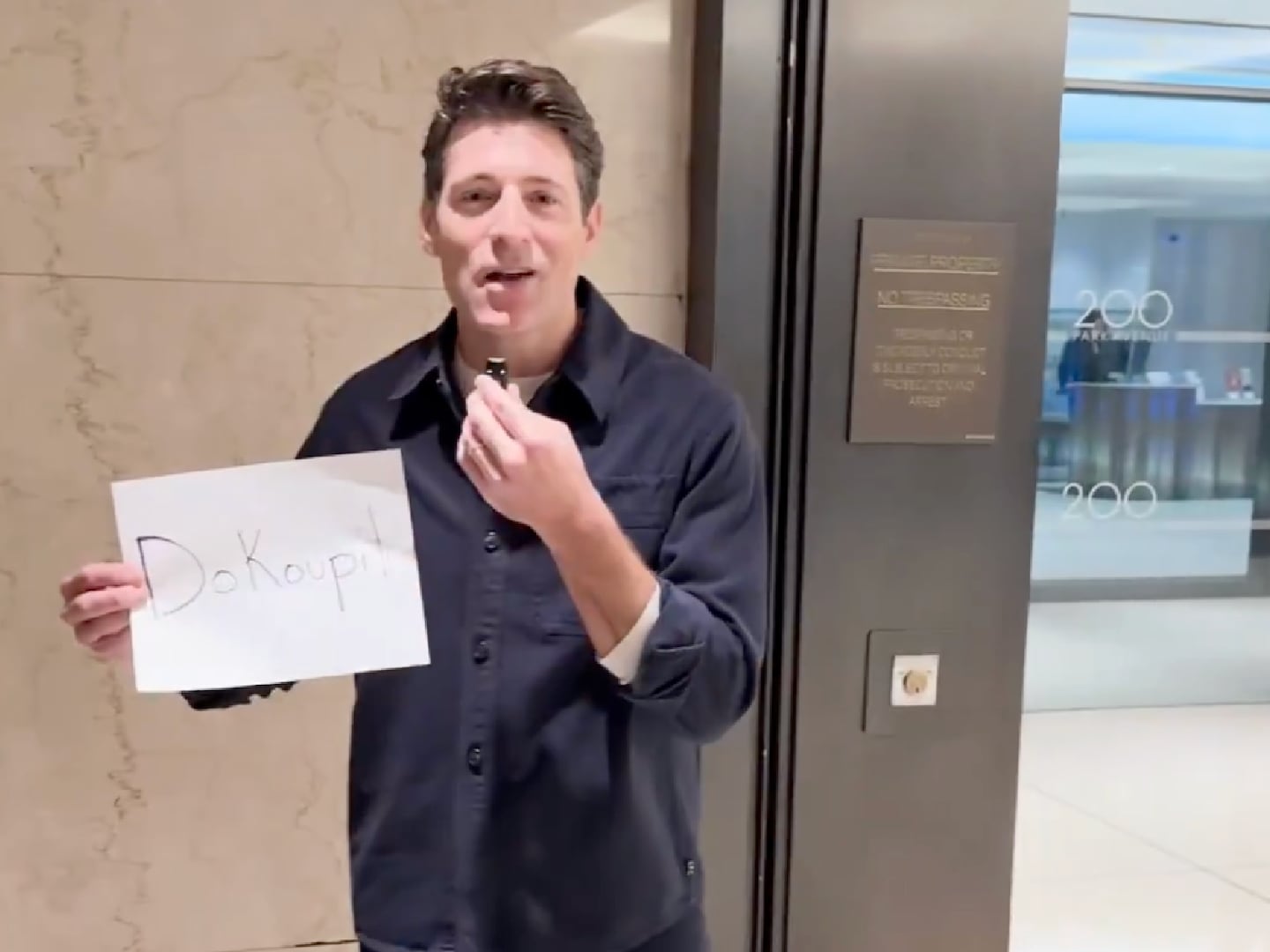As of Tuesday afternoon, forecasters were projecting that Hurricane Isaac will hit New Orleans dead center Wednesday morning, Aug. 29—the 7th anniversary of Hurricane Katrina.

The good news is that no matter where exactly it makes landfall, we can safely say Isaac’s impact will be far less destructive than Katrina’s: there may be street flooding from heavy rains, but no flooding from the ocean—and the new $14.5 billion levee system will get much of the credit for protecting the city.
But before we hand out too many pats on the back, it’s important to understand just what this new system will—and won’t—do. The bottom line is that New Orleans remains dangerously exposed to the next big storm.
The latest system was designed after Katrina to protect the city against the so-called 100-year storm—that is, a storm with a 1 percent chance of hitting in any given year. Such a storm would be much more powerful than Isaac.
That sounds like good protection. It isn’t.
Let’s put the numbers in context. In 100 years there’s a 63 percent chance that New Orleans will get hit by at least one greater-than-100-year storm. (For comparison, Katrina was estimated to be a 388-year storm.) There’s a better than 20 percent chance of at least two such storms, and an 8 percent chance of three or more. Compare those odds to playing Russian roulette with a six-shooter: if you pull the trigger once, the chances are 16.66% that a bullet will come out.
This is not just a statistical game. In the last 85 years alone the lower Mississippi River saw at least four floods bigger than the hypothetical 100-year event: in 1927, 1937, 1973, and 2011, and possibly as many as six floods on the lower Mississippi River—and that’s not counting the devastating 1993 floods on the upper Mississippi.
Fortunately, the levees on the lower Mississippi were built before the 100-year standard went into use; they were designed to protect against the maximum likely flood—a worst-case scenario—and not an arbitrary insurance standard. (The 100-year standard is based on the federal flood insurance program. If you have a federally-guaranteed loan and live in a flood-prone area with less than 100-year protection, you are required to buy flood insurance.) Had the river levees been built to the 100-year standard, last year’s Mississippi River flood might have dwarfed Katrina in its impact.
Our dance with danger becomes even more apparent when we compare our standards to those of Europe and Japan, which protect densely populated areas against “10,000-year floods”—in other words, floods with only a 0.01 percent chance of occurring in a given year. In the U.S., we don’t even build adequate models to define such storms, much less protect against them.
To be fair, those parts of the world do not face violent Gulf Coast hurricanes. The worst storm likely to come off the North Sea and hit the Netherlands is roughly equivalent to a weak Category 1 hurricane—an Isaac—so while a 10,000-year standard is cost effective there, it would not be in Louisiana, where it would cost hundreds of billions of dollars.
But there’s a lot of daylight between 100 years and 10,000 years—and much of the infrastructure for better protection is already in place.
The new levees are high enough right now to contain a 500-year flood without waves (the 100-year measure takes into account the peak elevation and stress of waves). So how can we eliminate that wave effect? By rebuilding the coast.
Since the 1950s, Louisiana has lost approximately 2000 square miles of land—bigger than the state of Delaware. And the loss continues at the rate of a football-field-sized plot of land every 50 minutes. It doesn’t take a geologist to figure out that if you put Delaware between New Orleans and the sea, the Crescent City wouldn’t need any levees.
What causes all the land loss? One is the upriver dams: six in Montana and North and South Dakota alone withhold nearly one-third of the sediment the Mississippi River used to carry to the Gulf, and which once sustained the land. Other causes include the dredging for oil and gas pipelines, canals and other engineering features built for the shipping industry, as well as the levees themselves.
Any land, or even marsh, dramatically reduces the energy and height of waves travelling across it. So rebuilding the land and marsh buffer around New Orleans greatly increases the region’s protection, without requiring higher levees.
How do you rebuild land? The state has a master plan, widely praised by the scientific community and unanimously passed by the state legislature—two groups not often in agreement. It isn’t cheap or quick—the plan lays out a 50-year program costing $50 billion in today’s dollars. But start-up costs are expected to be covered by money from the BP spill, money which the state has dedicated to coastal protection and restoration. The state has also dedicated its share of money from oil production on the outer continental shelf to rebuilding the coast.
But Louisiana can’t do it all by itself.
The entire nation reaps the benefits from the river and Louisiana’s coast: in Montana and the Dakotas they enjoy hydroelectric power, irrigation, and flood protection produced by their dams. Midwestern farmers who send their grain down the river enjoy Louisiana’s port complex, which carries nearly one fifth of the country’s waterborne commerce. The whole nation has lower energy prices from oil and gas production along the Louisiana coast.
But the engineering for all these things—dams holding back sediment, canals dug for the energy industry or shipping—have destroyed land and increased the danger to Louisiana. And so we all must share the cost of rebuilding it—or it will disappear. There is no better example of something the country can’t afford not to do.
CORRECTION: A previous version of this story incorrectly stated the probability of a 10,000-year storm occurring in a given year. It is 0.01 percent, not 0.6 percent.






